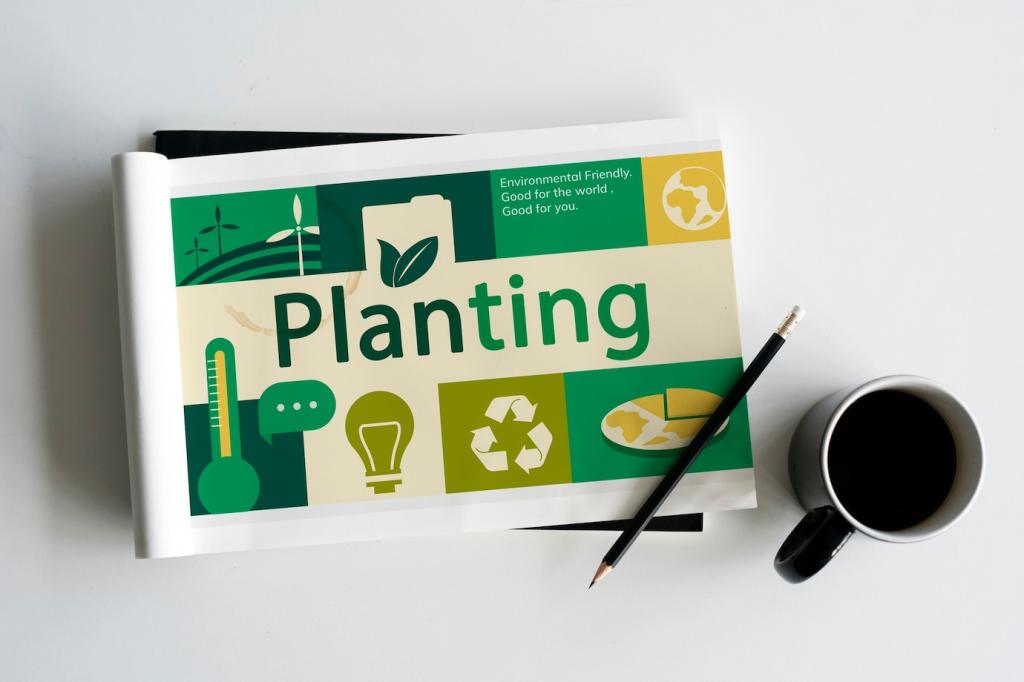Storytelling in Environmental Campaigns: Turning Data into Action
Chosen theme: Storytelling in Environmental Campaigns. Welcome to a space where science meets emotion and community voices turn numbers into momentum. Explore how crafted narratives inspire participation, policy shifts, and everyday planet-positive choices—then join the conversation.
Why Stories Move People to Act
A volunteer once told me she ignored recycling flyers for years, until she heard a neighbor’s three-minute story about a flooded basement and lost photo albums. Stories bind facts to feelings, transforming distant risks into relatable stakes. Share your turning-point moment with us below.
Why Stories Move People to Act
Narrative transportation theory shows we absorb more when immersed in a coherent plot with characters and conflict. Mirror neurons light up during vivid descriptions, making actions feel rehearsed. Use concrete, sensory details to prime action. Comment with one image that refuses to leave your mind.





Centering Communities and Lived Experience
Feature people living the issue, not only experts explaining it. Compensate interviewees, credit their knowledge, and co-create edits. Authenticity beats polish every time. Whose voice was missing in your last campaign? Nominate them in the comments and we’ll spotlight their perspective.

Centering Communities and Lived Experience
Secure informed consent, explain how stories will travel, and avoid details that could endanger participants. Provide content warnings when appropriate. Contextualize hardships with structural causes, not individual blame. Share your consent checklist, and we’ll compile a community resource for everyone.
Blending Data with Narrative
01
Build scrollytelling sequences where each chart advances the plot: a map zooms to one neighborhood, a bar shrinks after a policy change, a line steadies after new trees. Cite sources beside emotions. Which dataset should we humanize next? Share your ideas.
02
Time-lapse photo essays and diaries prove transformation better than claims. A degraded stream regains dragonflies; a school’s energy bill drops monthly; a family sleeps cooler after shade trees mature. Make progress visible and specific. Suggest a before–after story we should feature.
03
Meet skepticism with stories of peers who changed their minds after hands-on experiences. Pair myths with respectful questions and transparent methods. Curiosity outperforms confrontation. Send us the most stubborn myth you face, and we’ll co-write a narrative response together.
Choosing Mediums that Match the Message

Micro-Documentaries for Mobile
Thirty- to ninety-second vertical films can capture a day in the life of a park ranger or urban farmer. Subtitles are essential, and hooks must land within three seconds. What everyday scene from your community deserves a cinematic glance? Pitch it in the comments.

Audio that Walks with People
Podcasts and voice notes reach commuters and walkers. The intimacy of voice builds trust, especially across language barriers. Use ambient sound—wind, birds, buses—to place listeners on location. Recommend a local soundscape we should capture for our next field episode.

Interactive Stories and AR
Clickable maps, choice-driven narratives, and augmented overlays let audiences test outcomes: plant a tree here, see summer shade; redirect runoff, watch streets dry. Interactivity turns spectators into authors. Interested in a prototype for your next campaign? Subscribe for our monthly build-alongs.
Define Success Beyond Clicks
Set narrative KPIs: message recall after a week, volunteer sign-ups, heat pump inquiries, council meeting attendance, donation conversion, and policy mentions. Use pre–post surveys and control groups when possible. Which impact metric matters most to you right now, and why?
Iterate with Community Feedback
Host feedback circles with participants and viewers. Ask what felt empowering, confusing, or extractive. Publish what you learn and adjust materials transparently. Accountability builds credibility. Want our tested feedback form template? Leave a comment and we will share it.
Guardrails Against Harm
Avoid doom loops, trauma voyeurism, and tokenism. Provide resources, helplines, and achievable next steps. Fact-check rigorously to prevent backlash or misinformation. Ethical care sustains movements and storytellers alike. Tell us how your team stays well while doing difficult narrative work.
